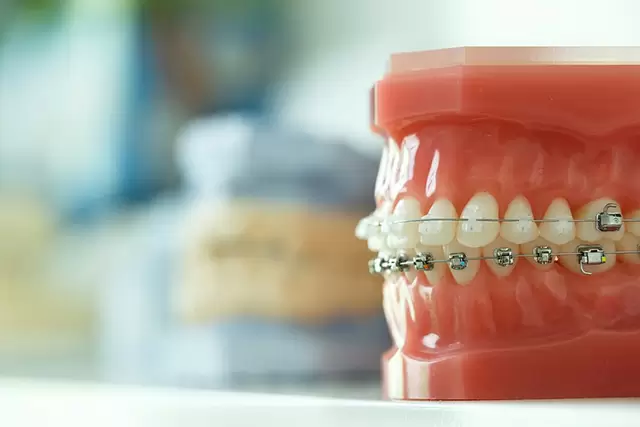
There are many factors that contribute to having irregularly positioned teeth. The primary reason is usually hereditary, and cannot be prevented as it’s genetically passed down. This may result in features like having mismatched jaw and tooth sizes, or having more teeth than usual leading to overcrowding and misaligned positioning. In other cases, there are habitual and environmental factors that are possible contributors to irregular teeth, namely poor dental hygiene, loss of teeth through trauma and tooth decay, and bad habits such as pen-biting and thumbsucking.
However, with the advancement of technology integrated into orthodontic corrective procedures available for irregular teeth, the options for the types of dental braces have increased. In this article, we take a look at three different types that are not only available but are recommended braces in Singapore by orthodontists for their quality, appearance, effectiveness, and comfort.
Ceramic Braces
The modern alternative to traditional metal braces, ceramic braces in Singapore are unlike their predecessors in many ways. Less conspicuous, while still embodying the traditional design principles, the brackets on ceramic braces are made from ceramic compounds that come in clear or tooth-coloured variations, while still being highly effective in the corrective process. They are customisable to an extent too; the elastic modules can be interchanged with different colours, to create a style that is preferred by the user. Ceramic braces are an incredibly popular choice, especially for young people starting to put on braces for the first time.
Ceramic braces do come with its own set of disadvantages. They are an aesthetically appealing option to old-fashioned metal braces; however, the production costs are higher, which in turn, makes them an option that is slightly more expensive. In addition, because ceramics are naturally weaker materials as compared to stainless steel, they are more prone to breakage and damage. Ceramic braces cost more, but they are still a significant investment if aesthetics are a priority for you.
Invisalign
One of the more popular options when it comes to orthodontic braces, Invisalign is a set of customised and removable clear braces in Singapore. These set of clear aligners are made from medical-grade plastic and are custom-made for each specific user. The two main appeals of Invisalign, however, is that they are almost invisible, and they’re removable. Aesthetic-conscious wearers can rest assured knowing they can smile without showing old-fashioned metal braces as Invisalign is seldom noticed when worn. The second plus point is that, being a removable teeth aligner, the level of comfort that users experience is heightened. Especially when eating or brushing their teeth, they would not have to be concerned with food being stuck in between the braces’ brackets, or spend a long time ensuring they have adequately cleaned their teeth because of the brackets present.
Invisalign prices in Singapore differ depending on how much corrective treatment each wearer needs. If it is ascertained that only minimal correction is needed to achieve proper alignment of teeth, then the price for Invisalign is cheaper. This is inversely true for teeth that require a more complex treatment process. Furthermore, Invisalign is not recommended for teeth that require major or exceedingly complex corrections, because there are cheaper and faster treatment options, but at the cost of aesthetics.
Lingual Braces
Considered as one of the more radical orthodontic corrective treatments, lingual braces in Singapore is unique because instead of being placed on the front side of teeth, they’re placed lingually, which is on the back. The concept of these virtually invisible braces was brought about primarily because people wanted an alternative look for braces that wouldn’t make the appliance visible. Similar to traditional metal and ceramic braces, and equally effective, the brackets and archwires of the appliance are designed to sit as close as possible to the back of your teeth, completely hiding them from sight.
Lingual braces are a highly specialised corrective appliance requiring a number of criteria to be fulfilled before a user is eligible for the treatment. Firstly, teeth must be long enough for the braces to be glued on; this means that lingual braces are not suitable for children and adults with small teeth. Also, people with excessive bite problems are not able to wear these types of braces because the appliance has a high chance of causing discomfort or pain. These braces require an additional effort during cleaning too, as the back of the teeth are harder to reach and may take a longer time to get used to. Finally, similar to Invisalign, lingual braces’ costs depends on how much corrective measure is needed for each specific individual.
Choosing the right type of braces may be overwhelming for users keen on wearing them for the first time, but the best way is often going for a consultation with an Orthodontist. They will assist in not only choosing the kind of braces you need depending on your unique condition, but also the kind of braces that suits your preference, be it aesthetically pleasing, the shortest duration of usage, or the ones that provide the best convenience and comfort. All in all, your beautiful smile is what matters, and the right type of braces will help you achieve it.
